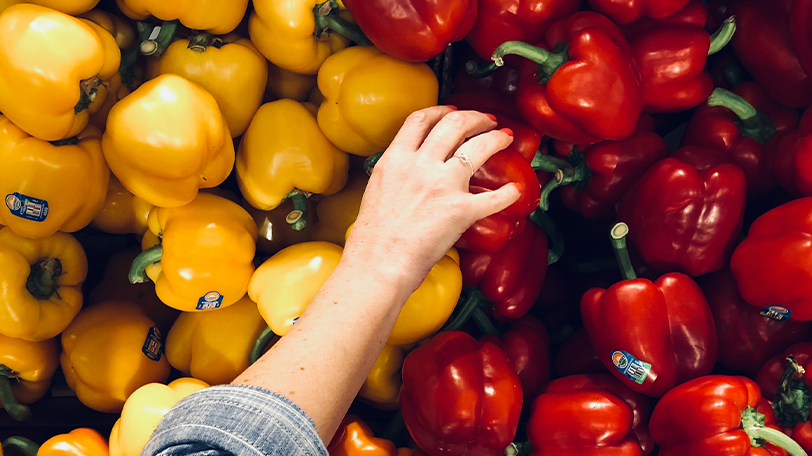
10 Jun Grocery retail, a resilient and attractive asset class for investors
While it is clear that consumers will always need to shop for food, habits and store formats are changing. Physically, online, or via hybrid formats such as click and collect, how do we buy grocery in 2022, and above all, how does that affect investment in this asset class?
One thing is certain: French consumers still value their in-store shopping, which provides stability and consistency for the asset class (note, however, that all investments involve risk). Despite the rise of home shopping delivery services – a trend currently being studied by Greenman Arth – only 2% of consumers say they might buy more food online in 2022 than they did in 2021 (a 10% reduction on the previous year)*.
Physical outlets remain the most popular channel for shopping, and grocers continue to enrich their services by offering click & collect more and more widely, a development to which the health crisis has largely contributed. Thus, all our investments are in assets that offer click & collect to their customers as we believe that these assets not only benefit from conventional in-store grocery sales but are also uniquely positioned to benefit from any increase in online/omnichannel grocery sales.
As consumer habits evolve (and even if that past performance is not an indicator of future performance), European food retailers have proven their resilience, with a stable performance over time, despite strong inflationary periods in 2007-2008 and 2011. Indeed, while inflation was driving up prices (+6.2% in 2008, +3.2% in 2011), the performance of food retailers remained identical (+/- 0% in 2008, -0.1 in 2011)*.
Moreover, there has been a significant increase in investment in the food retail sector, from 6% in 2016 to 20% in 2020, proof of the growing attractiveness of this asset class.**
*according to a McKinsey study (State of grocery)
** according to a study by Union Investment & JLL (European Grocery Real Estate Market)
The information contained in this article is the product of the reflection of Greenman Arth’s collaborators, based on the above-mentioned studies and the sharing of thoughts among professionals.
The analysis presented should not be considered as impartial, but independent. It is intended to provide food for thought and should be considered as informative and not contractual.
This article does not constitute an offer or a call for tenders, nor does it constitute advice to buy any financial instrument whatsoever.
Past performance is not a reliable indicator of future performance.
